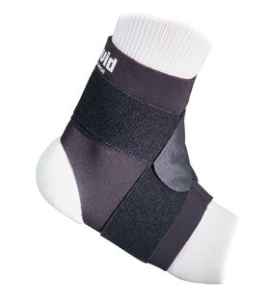As a doctor with an ankle problem, I like most of the Mcdavid elastic ankle braces that use both a hard shell component to add stability and elastic to allow movement. However, if you have an ankle problem like mine, why not get rid of the brace? New non-surgical treatments where the doctor injects your own stem cells into the ankle ligament tear to heal it should allow you to get rid of the Mcdavid elastic ankle brace for good. In this procedure, your own adult mesenchymal stem cells are isolated and then grown to bigger numbers. They are then injected under x-ray guidance into your torn ankle ligaments. After this break-through procedure, you can wear a brace for a few weeks, but continue playing and working out while the ligaments heal. Maximum healing is 6-12 weeks. You can come out of the Mcdavid elastic ankle brace after just a month. Why go through all of this? An unstable ankle eventually damages the cartilage in the ankle and leads to early arthritis. So what’s a pain in the ankle now, will be severe arthritis in 20 years, unless you get the ankle ligaments fixed. Think of these ligaments as duct tape that holds your ankle bones together. When that duct tape is torn, it needs to be fixed, not braced.

